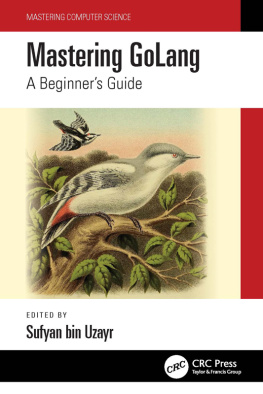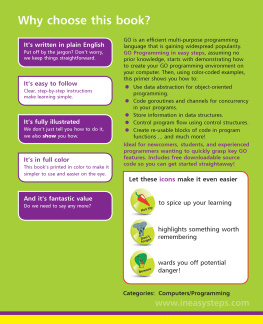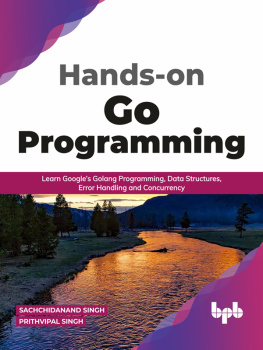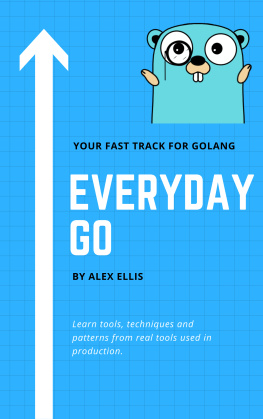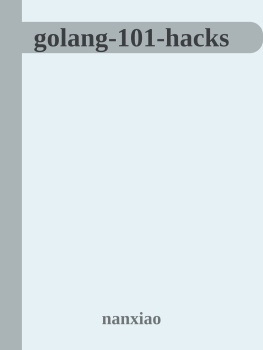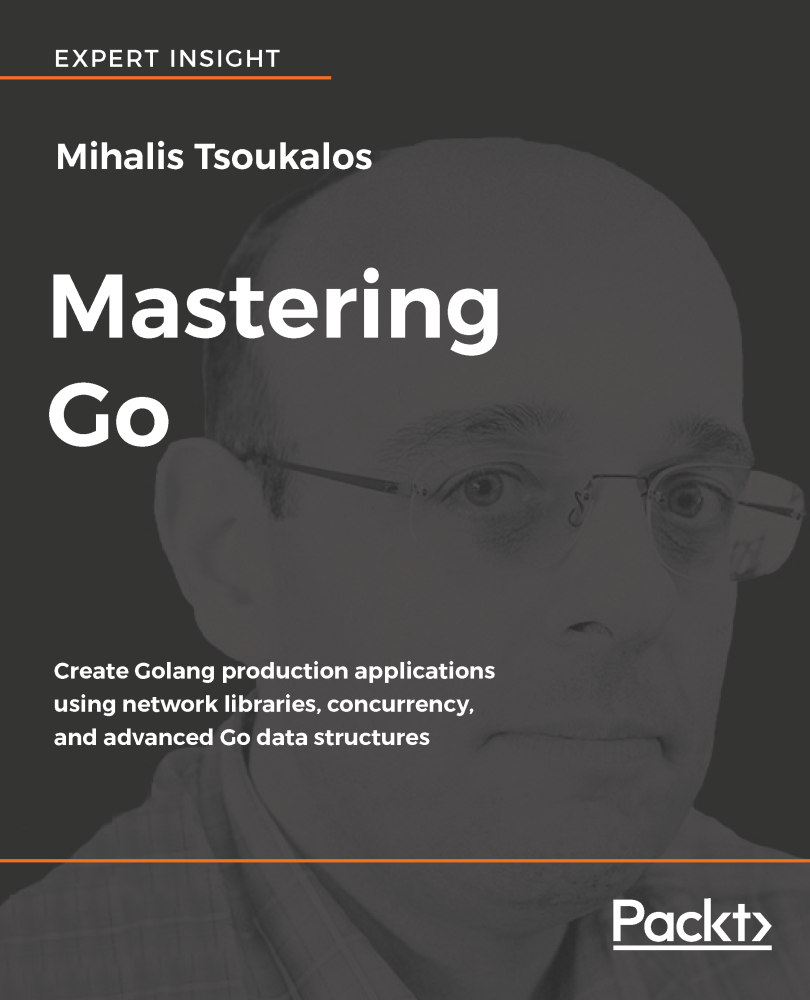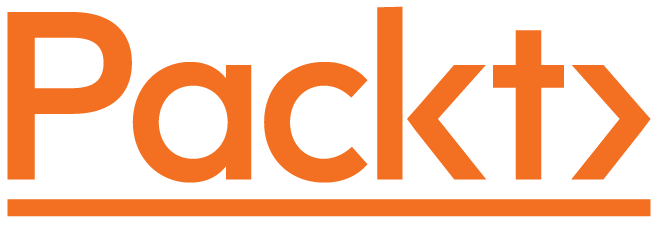Did you know that Packt offers eBook versions of every book published, with PDF and ePub files available? You can upgrade to the eBook version at www.PacktPub.com and as a print book customer, you are entitled to a discount on the eBook copy. Get in touch with us at service@packtpub.com for more details.
At www.PacktPub.com , you can also read a collection of free technical articles, sign up for a range of free newsletters, and receive exclusive discounts and offers on Packt books and eBooks.
About the author
Mihalis Tsoukalos is a technical author, a Unix administrator, a developer, and a mathematician, who enjoys learning new things. He has written more than 250 technical articles for many publications, including Sys Admin, MacTech, Linux User and Developer, Usenix ;login:, Linux Format, and Linux Journal.
Mihalis is also the author of Go Systems Programming, by Packt Publishing, 2017 and the technical editor for MongoDB in Action, Second Edition, by Manning. Mihalis' research interests include databases, operating systems, and statistics. You can reach him at http://www.mtsoukalos.eu/ and @mactsouk. He is also a photographer (http://www.highiso.net/).
I would like to thank the people at Packt Publishing for helping me write this book, including Frank Pohlmann and Gary Schwartz, my technical reviewer, Mat Ryer, Radhika Atitkar, for her encouragement and trust, and Kishor Rit, for answering all my questions and encouraging me during the whole process.
For all people everywhere: You will never change your life until you change something you do daily!
About the reviewer
Mat Ryer has been programming computers since he was 6 years old. He would build games and programs, first in BASIC on a ZX Spectrum and then in AmigaBASIC and AMOS on Commodore Amiga with his father. Many hours were spent on manually copying the code from the Amiga Format magazine and tweaking variables or moving GOTO statements around to see what might happen. The same spirit of exploration and obsession with programming led Mat to starting work with a local agency in Mansfield, England, when he was 18, where he started to build websites and other online services.
After several years of working with various technologies and industries in London and around the world, Mat noticed a new systems language called Go that Google was pioneering. Since it addressed very pertinent and relevant modern technical challenges, Mat started using it to solve problems while the language was still in the beta stage. He has used it ever since. Mat contributes to open-source projects and founded Go packages, including Testify, Moq, Silk, and Is, as well as a macOS developer tool called BitBar.
In 2018, Mat co-founded Machine Box and still spends a lot of time speaking at conferences, writing about Go on his blog, and is an active member of the Go community.
What this book covers
, Go and the Operating System, begins by talking about the history of Go and the advantages of Go before describing the godoc utility and explaining how you can compile and execute Go programs. After that, it talks about printing the output and getting user input, working with the command-line arguments of a program, and using log files. The last topic of the first chapter is error handling, which plays a key role in Go.
, Understanding Go Internals, discusses the Go garbage collector and the way it operates. Then it talks about unsafe code and the unsafe package, how to call C code from a Go program, and how to call Go code from a C program. After that, it showcases the use of the defer keyword and presents the strace(1) and dtrace(1) utilities. In the remaining sections of the chapter, you will learn how to find information about your Go environment and the use of the Go assembler.
, Working with Basic Go Data Types, talks about the data types offered by Go, which includes arrays, slices, and maps as well as Go pointers, constants, loops, and working with dates and times. You would not want to miss this chapter!
, The Uses of Composite Types, begins by teaching you about Go structures and the struct keyword before discussing tuples, strings, runes, byte slices, and string literals. The rest of the chapter talks about regular expressions and pattern matching, the switch statement, the strings package, the math/big package, and about developing a key-value store in Go.


